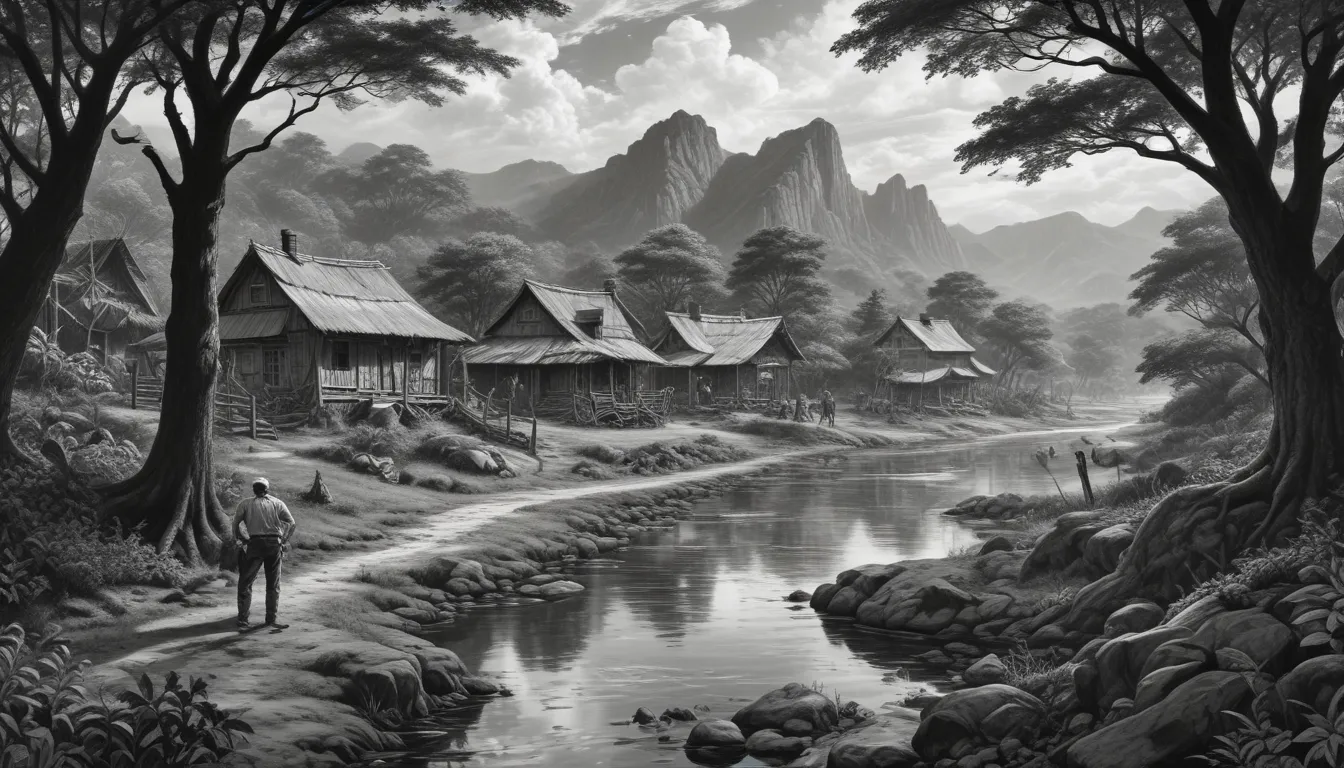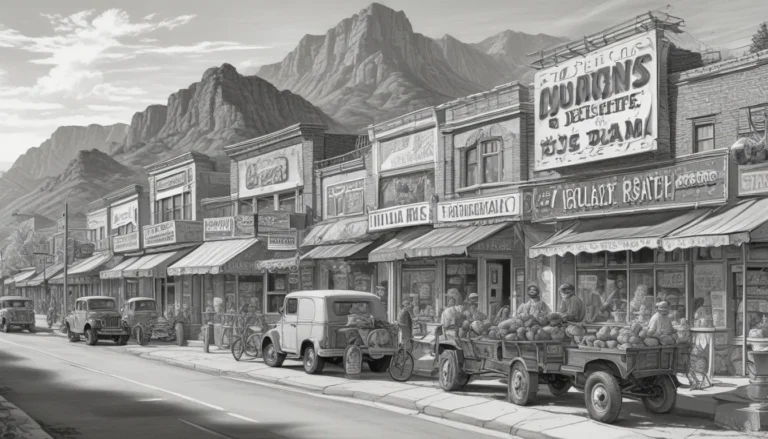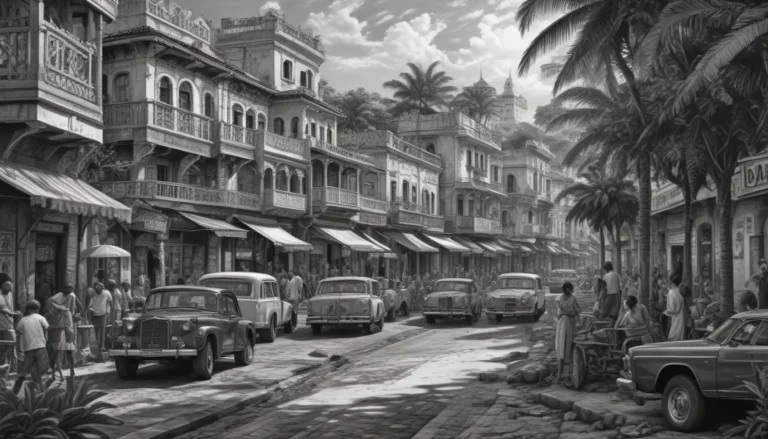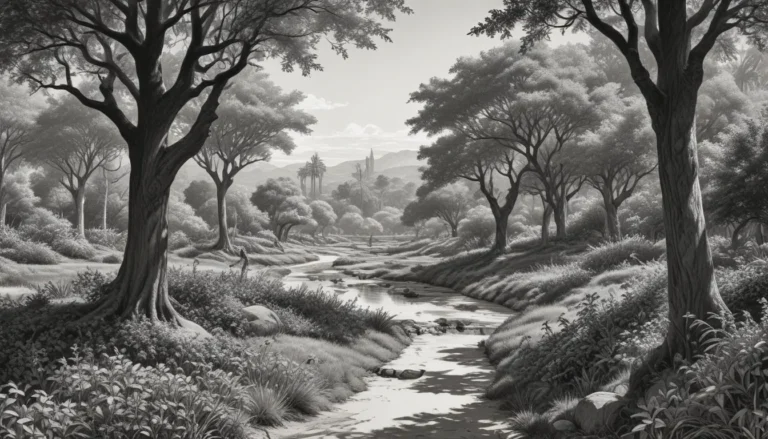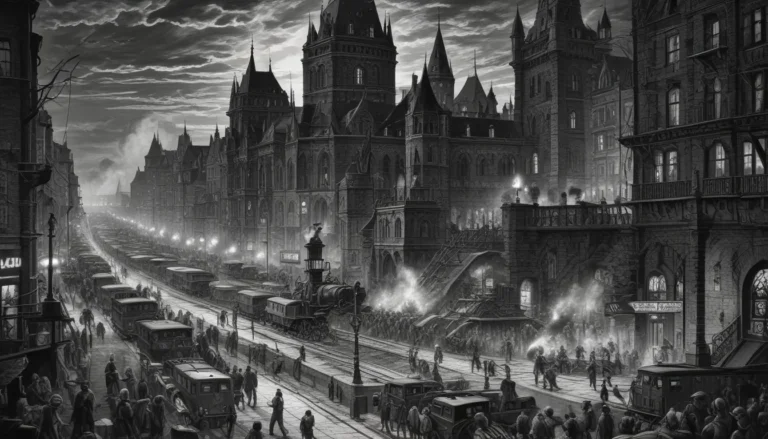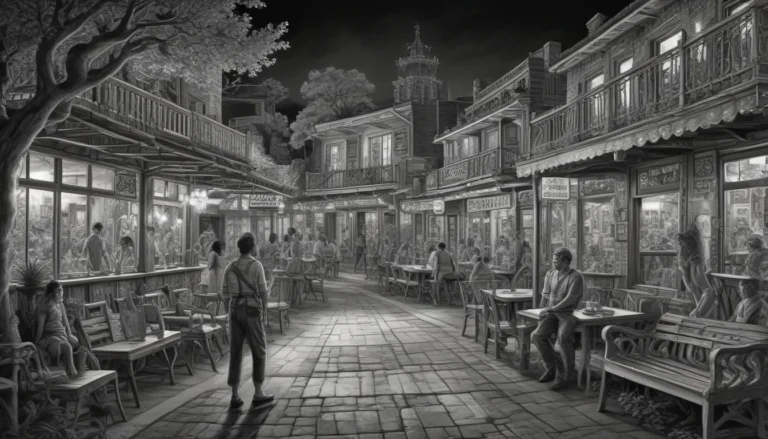The images in our articles are for illustrative purposes only and may not exactly match the content. They are intended to capture your interest and complement the text, not to replace it.
Welcome to Labé, the “Pearl of Fouta Djallon,” a vibrant city in Guinea, West Africa, known for its rich history, diverse culture, and breathtaking natural beauty. Labé has become a popular destination for travelers seeking an authentic African experience. In this article, we will delve into 40 fascinating facts about Labé, shedding light on its history, traditions, landmarks, and much more. Join us on a virtual journey through the streets of Labé and uncover the hidden gems that make this city truly unique.
Labé: A Cultural Hub in the Fouta Djallon Region
Labé, the largest city in Guinea’s Fouta Djallon region, is a vibrant hub of culture, music, and agriculture. Surrounded by beautiful landscapes, Labé is known for its warm hospitality and diverse traditions. Whether you’re exploring colorful festivals, traditional clothing, bustling markets, or outdoor adventures, Labé offers a rich tapestry of experiences for cultural immersion and exploration.
Exploring Labé’s Rich Heritage
- Labé was founded in the 17th century, witnessing the rise and fall of different empires, making it an important center for trade and commerce.
- Home to the Fulani ethnic group, Labé boasts a unique cultural diversity shaped by its dominant ethnic community’s contributions to the city’s development.
- The city experiences a tropical savanna climate with distinct wet and dry seasons, offering a varied landscape that includes rolling hills, lush forests, and scenic waterfalls.
- Labé is a major center for agricultural production, cultivating crops like rice, millet, peanuts, and fruits for local consumption and exports.
Cultural Treasures of Labé
- Labé is renowned for its vibrant music and dance scene, featuring traditional instruments like the balafon and kora.
- The city has a rich tradition of oral storytelling and poetry, preserving its history and legends through captivating narratives.
- Visitors can explore the N’Dinga Market, a bustling hub of locally produced goods, offering a glimpse into Labé’s vibrant daily life.
- The Pottal Fii Bhantal Fouta Djallon museum showcases the city’s history and culture, highlighting its traditions and customs.
Festivals, Markets, and More
- Labé hosts colorful festivals and celebrations throughout the year, showcasing local traditions through music, dance, and traditional attire.
- The city’s architecture blends traditional mud-brick structures with modern buildings, reflecting its evolving identity.
- Labé is a hub for education, attracting students with its universities, colleges, and schools, while maintaining a reputation for hospitality and warmth.
- The city’s arts and crafts industry thrives, with local artisans producing textiles, pottery, woodwork, and jewelry that showcase their creativity.
A Gastronomic Adventure in Labé
- Labé offers a diverse culinary scene, featuring traditional dishes made from locally sourced ingredients like fonio, yams, cassava, and various meats.
- The Labé Grand Mosque stands as a prominent religious landmark, reflecting the city’s spiritual significance and architectural beauty.
- Scenic waterfalls surround Labé, including the Kinkon and Saala waterfalls, attracting nature enthusiasts and adventure seekers alike.
Labé: Gateway to Fouta Djallon Highlands
- Labé serves as a gateway to explore the Fouta Djallon highlands, known for their picturesque landscapes, waterfalls, and diverse fauna.
- The city is famous for its vibrant traditional clothing, reflecting the cultural identity and heritage of the Fulani people.
Discovering Labé’s Vibrant Culture
- Labé’s marketplace culture thrives, offering a vibrant shopping experience with a wide range of goods, from fresh produce to traditional crafts.
- The annual Labé Cultural Festival brings together artists, musicians, and craftsmen to celebrate Guinea’s cultural diversity.
- Traditional wrestling competitions are a popular sport in Labé, showcasing athletes’ strength and skill.
Labé’s Lively Spirit and Community
- Labé is surrounded by fertile agricultural lands, making it an ideal region for farming and agriculture.
- The city is a hub for traditional medicine and herbal remedies, attracting those seeking alternative healing methods.
- Labé’s vibrant traditional music and street markets create a lively atmosphere, captivating audiences and visitors alike.
Unforgettable Experiences in Labé
Labé’s fascinating history, vibrant culture, and warm hospitality make it a must-visit destination for travelers exploring Guinea and West Africa. From bustling markets to historic landmarks, Labé offers a unique experience that showcases the rich heritage of the Fulani people. With its diverse ethnic groups, lively festivals, and stunning landscapes, Labé invites visitors to immerse themselves in its vibrant culture and explore the wonders of West Africa. Pack your bags and embark on an unforgettable adventure in Labé!
FAQs: Your Guide to Labé
-
What is the best time to visit Labé?
Visit Labé during the dry season from November to April for pleasant weather and less rainfall. -
How can I get to Labé?
You can reach Labé by air from Conakry or by road from major cities in Guinea, experiencing the local culture along the way. -
What are the must-visit attractions in Labé?
Explore the central market, Fouta Djallon Highlands, Labé Mosque, and nearby waterfalls for unforgettable experiences. -
What is the local cuisine like in Labé?
Indulge in delicious local dishes like couscous, riz gras, and grilled meats, accompanied by refreshing palm wine. -
Can I explore the surrounding areas of Labé?
Yes, discover natural wonders like waterfalls, hiking trails, and traditional villages near Labé. -
What festivals are celebrated in Labé?
Experience vibrant festivals like the Labé Carnival and Labé Cultural Week, showcasing the city’s rich cultural heritage. -
Is Labé safe for tourists?
Labé is generally safe for tourists, but it’s advisable to take precautions and follow local advice while exploring the city. -
Are there accommodation options in Labé?
Choose from a range of hotels, guesthouses, and lodges in Labé, booking in advance for preferred accommodations. -
Can I purchase traditional crafts in Labé?
Visit the central market to buy traditional crafts and souvenirs like textiles, jewelry, and wooden carvings, supporting local artisans.
Explore Labé’s Vibrant Culture and Heritage
Labé invites travelers to discover its vibrant culture, rich history, and warm hospitality, offering a unique experience in Guinea’s heartland. From traditional music and festivals to bustling markets and scenic landscapes, Labé has something for everyone. Immerse yourself in the lively atmosphere of the city, savor delicious local cuisine, and create unforgettable memories in this vibrant destination. Whether you’re a history buff, art enthusiast, or nature lover, Labé promises an enriching experience that will leave you captivated and inspired. Book your trip to Labé today and embark on a journey to explore the hidden gems of this fascinating city in West Africa.
